If your pup's shelter turns into an icebox every winter, it's time to consider getting a dog house heater. Yep, those exist, and they're a total lifesaver. They help your dog stay warm without dragging their bed into the garage or sharing yours.
There's something out there for every chilly pooch, whether they prefer a heating pad or a full-on pet house heater. There are temperature control features, chew-proof cords, and pup-safe designs that can keep your canine bestie comfy and toasty all winter.
Ready to find the best setup for your furry little snowball? Let's break it all down with no fluff, just facts (and a little sass).
What Is a Dog House Heater?

A dog house heater is a heat source made to warm your dog's outdoor shelter. It's not the same as a space heater for people because it's built specifically for pets. You can place this device in a dog house, a cat condo, or a rabbit cage to give your companion animal a safe and comfy retreat from the cold.
Some pups need extra warmth during the winter months, especially short-haired breeds, older dogs, and pets that live outside most of the time. An outdoor pet heater can help maintain a steady temperature inside the shelter, so your adventurous family member doesn't freeze their tail off.
Unlike indoor heating systems, outdoor heaters are often wall mountable, have thermostat control, and use chew-proof cords. They warm the space without making it too hot, so your pup stays cozy without the risk of overheating.
Benefits of Using a Dog House Heater

If your pooch spends time outdoors, a dog heater can make a big difference in their comfort, health, and overall mood. No more shivering in the corner or curling up like a frozen pretzel.
- Keeps Dogs Warm in Cold Weather or Winter Months. When temps drop, dog house heaters help your pup stay warm inside their nook. Perfect for chilly nights, snow flurries, or full-blown blizzards.
- Supports Joint Comfort for Senior or Arthritic Dogs. Older canines often deal with mobility issues during freezing temps. A heated space helps ease those morning aches.
- Helps Maintain Safe Temps for Outdoor or Barn Dogs. Outdoor pets need a safe heat source, whether they're staying in a doghouse, porch, or barn. Heaters keep the chill out without overheating the area.
Key Features To Look for in a Dog House Heater
Some heaters can brave snowstorms, while others handle only cool nights. If you're shopping for a heater, here's what you need to look for:
- Adjustable Temperature Settings. Control the heat level to maintain your pet's comfort inside. No more guesswork or overheating.
- Safety Features Like Thermostat Control and Auto Shut-off. Keeps the heat steady and shuts things down if it gets too hot. That means peace of mind for pet owners.
- Weatherproof Design for Outdoor Use. Rain? Snow? Wind? No problem! These devices can handle the elements without breaking a sweat.
- Easy Installation and Energy Efficiency. Set it up fast, plug it in, and let it do its thing without wrecking your power bill.
Adjustable Temperature Settings
No two winter days feel the same, and your dog's heater should keep up. That's where adjustable temperature settings come in. This feature lets you control how warm the shelter gets without cooking your pup like a Thanksgiving turkey. It's perfect for the outdoors, where the temperature can swing fast, especially in the early mornings or at night.
Other options even include a thermostat, so you can dial in that sweet spot and let it hold steady. You won't have to keep checking the unit or worry about overheating. That means better comfort, better energy use, and one happy, toasty pet.
Safety Features Like Thermostat Control and Auto Shut-off
A dog heater should keep the space warm, not burn pets. That's why smart variants come with thermostat control and auto shut-off features.
The thermostat keeps the temperature consistent, so your dog doesn't go from freezing to sweating. It reads the heat level and adjusts automatically. That way, the inside stays cozy without turning into a sauna.
Auto shut-off adds extra peace of mind. If something goes wrong—like the heater tipping over or running too hot—it shuts itself down. It's like having a built-in babysitter for your pet house.
Weatherproof Design for Outdoor Use
A pet heater made for outdoor use needs to be weatherproof from top to bottom. Rain, snow, wind—it should keep working without skipping a beat.
Look for quality options with sealed casings, rust-resistant parts, and tough exteriors. These babies can stay dry and functional even when the skies open up. It's not just smart; it's survival during those frosty winter months.
Easy Installation and Energy Efficiency
A solid pet house heater should install quickly. Mount it, plug it in, and your pooch enjoys the cozy vibes. Most options come with clear instructions, simple brackets, and chew-proof cords. The fast setup turns the doghouse into a warm haven without a home improvement show meltdown.
Bonus points if it's energy efficient. Some models run low wattage or have built-in timers to avoid wasting power. That means you keep your pet warm and your electric bill low.
Best Dog House Heater Options To Consider
Let's talk winners. Not every heater deserves a spot in your pup's palace. But the right one? It'll turn that chilly box into a warm retreat. We've rounded up the best picks for every pet and every budget, from heavy-duty options that battle blizzards to budget-friendly variants that get the job done. Whether you need something for the porch, the barn, or a custom-built pet house, we've got you.
These top picks bring the heat (literally), plus they've got the extras: thermostats, durable designs, chew-proof cords, and more. Your pup deserves more than just blankets and wishful thinking, so let's warm things up the right way.
Akoma Hound Heater Dog House Furnace – Best Dog House Heater Overall

This one's a beast. The Akoma Hound Heater delivers powerful, dry heat with a 400W punch, keeping your dog's house warm without roasting your pup like dinner. It's tough, reliable, and built for outdoor use.
Want to spy on your dog from work? This heater has Wi-Fi video, so you can check in anytime. Plus, the app lets you adjust the thermostat remotely. Control the temperature, watch your pet, sip your coffee—it's easy!
It's safe, too, with a chew-resistant cord, rounded corners, and an internal heat shield that guards everything important. This pet heater is great for dog houses, cat shelters, rabbit cages, and even chicken coops. It's a great product that can last for years with the right care.
ClimateRight 300W Electric Dog House Heater – Best for Harsh Winters

When winter slaps your backyard with freezing temps, the ClimateRight 300W Electric Dog House Heater is ready to fight back. With 300 watts of heat and a powerful internal fan, this thing cranks out warmth for up to 75 cubic feet, perfect for dog houses, cat enclosures, and chicken coops.
You get full thermostat control and three fan settings, including a "Fan Only" mode for those not-so-chilly days. Bonus: It's got built-in overheat protection and an internal heat shield. It works hard but stays cool under pressure.
The abrasion-resistant cord stretches eight feet, giving you flexibility without security risks. It installs fast with a simple drill template. Once it's in, just plug it in, calibrate, and your pooch stays warm and content.
Yattberak Dog House Heater – Budget-Friendly Option

Want smart features without the big price tag? The Yattberak Dog House Heater brings serious value for pet owners who want it all: Wi-Fi remote control, fast heating, and security-packed features in one compact unit.
With 500 watts of heating power, this device warms spaces up to 125 cubic feet in just 3 seconds. Set it from your phone, schedule a timer, or tweak the temperature with the app. The built-in thermostat and 24-hour timer keep things toasty without wasting energy and money.
It's also IPX5 waterproof, runs whisper quiet, and includes a chew-resistant cord for extra security. This little heater is a favorite among pet parents of dogs, cats, and bunnies. It keeps pets warm, safe, and chill-free without burning a hole in your wallet.
K&H Pet Products Lectro-Soft Outdoor Heated Bed – Best Alternative Heated Pad Pick

Our canine companions love something soft to snooze on, and heating pads provide just that. The K&H Lectro-Soft Outdoor Heated Bed is a heated pad, not a heater, but it still brings warmth without turning your dog's space into a sauna.
This large heated bed runs on low wattage and only warms to match your pup's body temp, thanks to the built-in thermostat. It's wrapped in water-resistant PVC, so it shrugs off rain, snow, and muddy paws like a champ. You can place them in dog houses, barns, garages, and porches.
It comes with a removable fleece cover, a steel-wrapped power cord, and a design made for indoor or outdoor use. Say goodbye to soggy bedding and hello to soft, toasty comfort.
When To Use a Dog House Heater
Not every dog house needs a heater year-round, but when it's time, you'll know. A heater can make all the difference between a relaxing snooze and a miserable night. Some pups handle the frost better than others, but for many, extra warmth is a must.
- Freezing Temperatures or Harsh Weather Conditions. If the temps drop below freezing or you're dealing with snow, sleet, or icy winds, a heater helps your pet stay warm without huddling in discomfort.
- Dogs With Short Coats, Puppies, or Elderly Dogs. Short-haired breeds, baby pups, and older dogs with mobility issues or fragile immune systems need extra warmth and protection in icy conditions.
- Remote Outdoor Living Situations or Kennel Areas. Dogs living in barns, outdoor kennels, or backyard doghouses need a reliable heat source, especially if they're out there during chilly nights or long winter months.
Safety Tips for Using Dog House Heaters

A heater can change your dog's life for the better if you use it the right way. No one wants a warm pup and a fire hazard in the same sentence. Heaters are generally safe when installed properly, but skipping steps can lead to big problems.
- Avoid Flammable Bedding Near Heat Sources. Stick with materials that won't catch fire or melt near heat. Avoid plush blankets and opt for safer, low-risk bedding instead.
- Check Cords and Outlets Regularly for Damage. Chew-proof cords are great, but nothing lasts forever. Inspect cables and plugs for wear and tear often to determine if they need replacement.
- Use Heaters With Certified Safety Standards Only. Look for MET-listed or certified models that meet safety standards. These can protect your pet and your peace of mind.
- Place Heaters Where Pets Can Move Freely. Your pooch should be able to choose whether to be near the heat or not. Never trap them against the heater.
Avoid Flammable Bedding Near Heat Sources
Blankets may look cute, but they're not always the safest choice. When you've got a heater running, the last thing you want is bedding that can catch fire or melt. That means ditching anything fluffy, fuzzy, or synthetic that can turn dangerous when it gets too hot.
Instead, go for low-risk options like thermal mats and bedding rated for heated pet houses. Some heaters work best with no bedding at all, depending on how they distribute heat. If you're using a heating pad, make sure it's designed to pair with the materials underneath.
Also, never place fabric directly on top of the unit. Keep it clear, let the warmth flow, and give your pet the option to scoot away if things feel too toasty.
Check Cords and Outlets Regularly for Damage
Even the best dog house heater can turn risky if the cord's chewed up or frayed. Dogs love to gnaw, and outdoor conditions don't help. That's why regular checkups on cords and outlets should be part of your routine.
Look for cracks, bite marks, or exposed wires, especially around the power cord and plug. Even chew-proof cords can wear down over time, especially in damp or freezing weather. Don't wait for sparks to fly before getting a replacement.
Also, check the outlet itself. If it's loose, sparking, or warm to the touch, unplug the unit immediately. Keeping your setup safe ensures your pooch stays warm without fire hazards or other mishaps.
Use Heaters With Certified Safety Standards Only
If your dog house heater doesn't have safety certifications, it's a hard pass. You want peace of mind, not constant doubts and stress. Look for models that are MET listed, UL certified, and have clear third-party testing. These labels mean the heater has passed quality checks for things like overheating, electrical shorts, and overall durability.
Certified heaters also tend to include bonus features like auto shut-off, thermostat control, and overheat protection. That's what separates the reliable gear from the risky junk. When it comes to your pet's welfare, don't cut corners.
Dog House Heater vs. Insulated Dog House
Heaters and insulation do different jobs. A dog house heater adds warmth, while an insulated dog house traps it. One creates heat, and the other keeps it from escaping. They're not the same, and mixing them up can leave your pup shivering. Let's look at their key differences:
|
Feature |
Dog House Heater |
Insulated Dog House |
|---|---|---|
|
Purpose |
Produces heat for the space |
Maintains existing warmth |
|
Power Source |
Needs electricity |
No power required |
|
Temperature Control |
Often includes thermostat and settings |
No control, just reduces heat loss |
|
Installation |
Requires mounting and a power outlet |
Comes pre-built or needs added materials |
|
Best Use |
For extreme cold and outdoor pets |
Mild to moderate cold climates |
Bottom line: both serve a purpose. But knowing when to use which? That's the real trick.
Do You Need Both for Maximum Warmth?
Yes. If your dog stays outdoors, using both an insulated house and a heater is the ultimate combo. Insulation holds in the heat, and the heater makes sure there's enough of it to begin with. It's like pairing a warm jacket with a thick hoodie: more layers, more comfort.
Insulation alone won't cut it during freezing temperatures. And a heater without insulation works harder and burns more energy just to fight off the piercing air sneaking in. Put them together, and your pooch gets a cozy space that actually stays warm.
Dogs with short coats, senior pets, and outdoor animals in chilly regions will benefit most from both. It's not overkill but smart pet parenting.
Choosing the Right Setup Based on Climate and Breed
A dog house heater might be non-negotiable in snow-heavy states, while mild zones may only need insulation. It all depends on where you live and who's doing the lounging.
Short-haired breeds, small dogs, and senior pups often need extra warmth. They lose body heat fast and don't handle cold weather well. Tossing them in an unheated doghouse during a frosty night is a recipe for discomfort.
In warmer climates or for breeds like Huskies and Malamutes? You may get away with just insulation. But if nights drop low, having a heater ready is a solid backup plan. Match your setup to the climate and the canine, not just the season.
Final Thoughts – Best Dog House Heater Picks for Cozy, Warm Pups
A dog house heater is a cold-weather essential for pups that spend time outside. The right heater brings serious comfort whenever your dog's guarding the yard, chilling in the barn, and needing a toasty nap spot on the porch.
So pick your heater, check the safety boxes, and give your pet a snug space they'll love. Cold weather has nothing on a warm heart, a soft bed, and a solid heating setup.



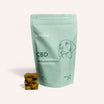


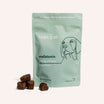
![Probiotics For Dogs [Soft Chews] - HolistaPet](http://www.holistapet.com/cdn/shop/files/Probiotic-Infographic-1_472d7a29-e30c-435a-9638-1365d8c3a9f9.jpg?v=1725384841&width=104)
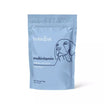



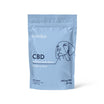
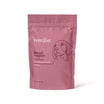
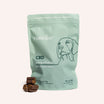
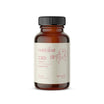
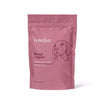
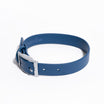
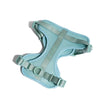
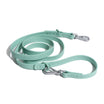

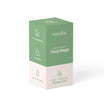
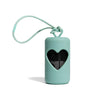
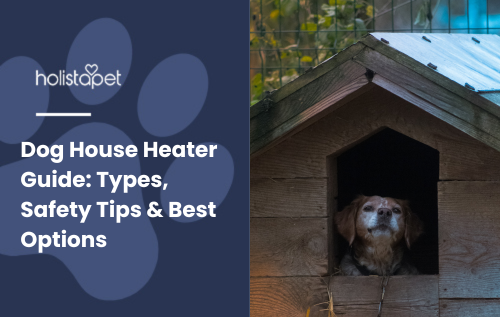
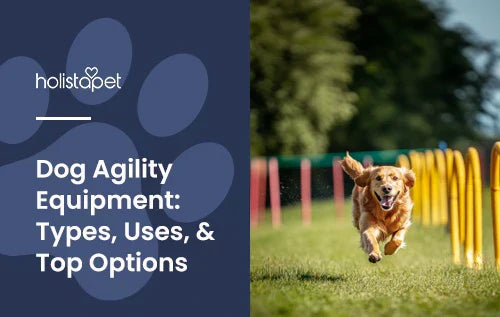
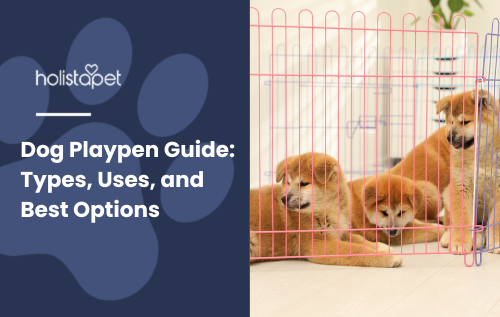
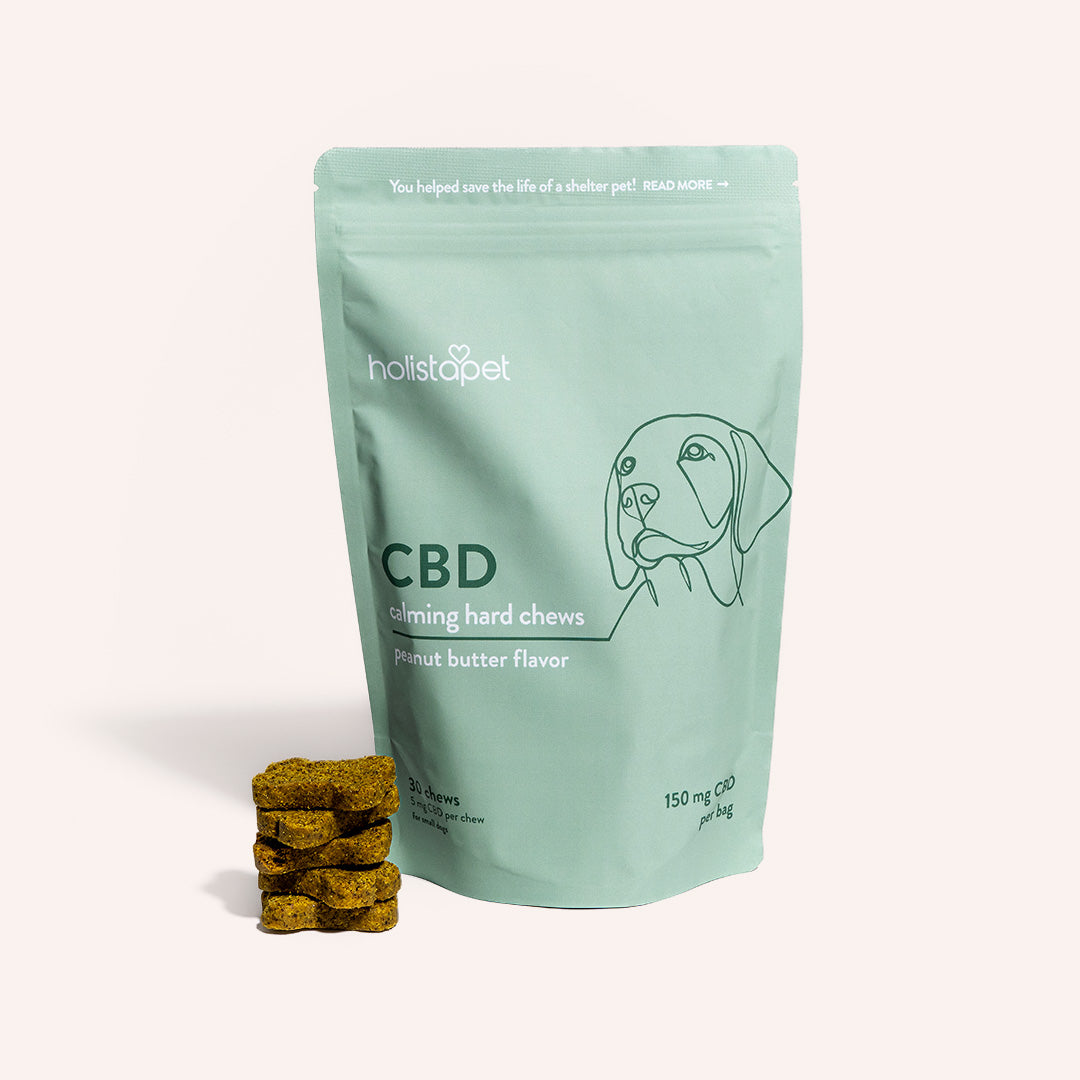
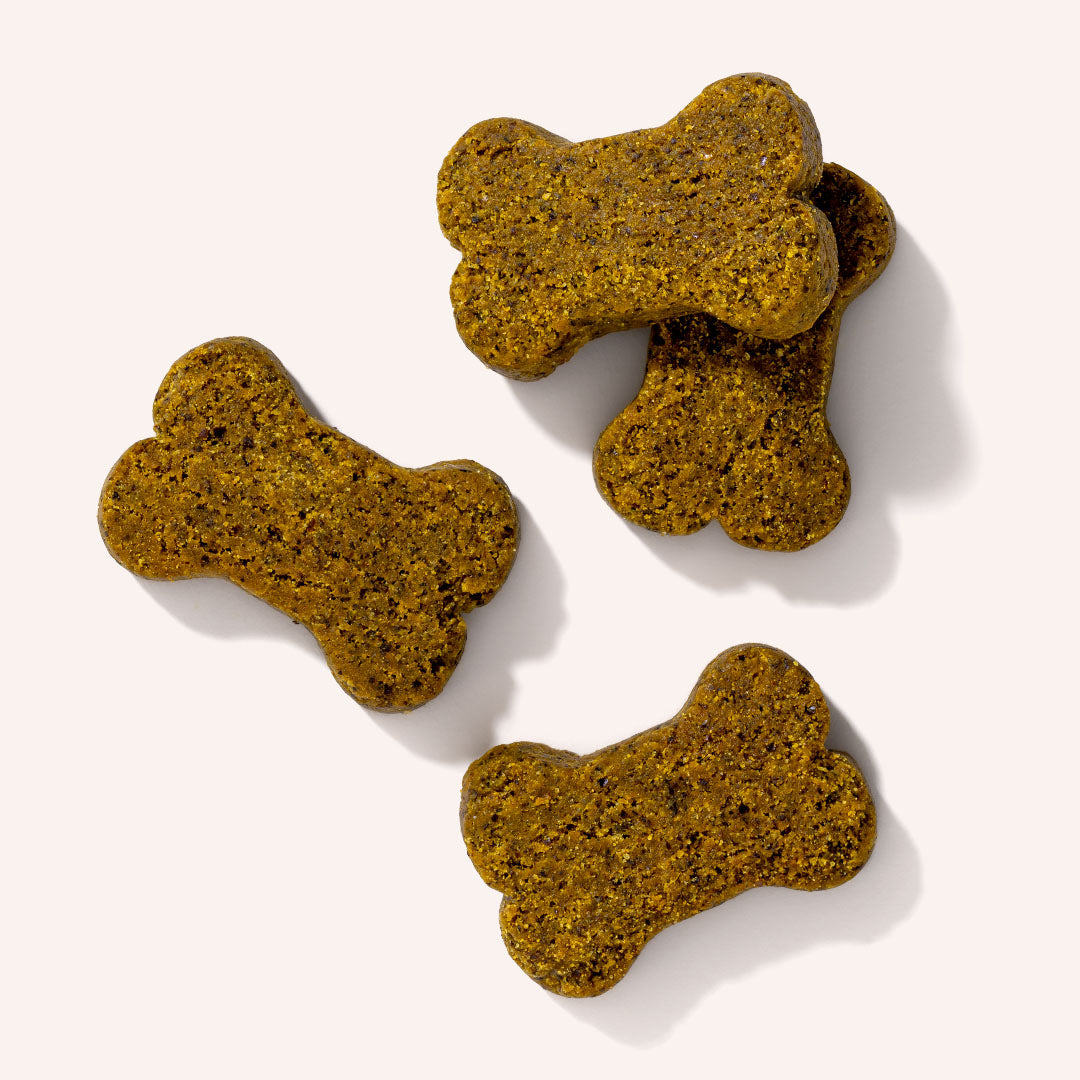
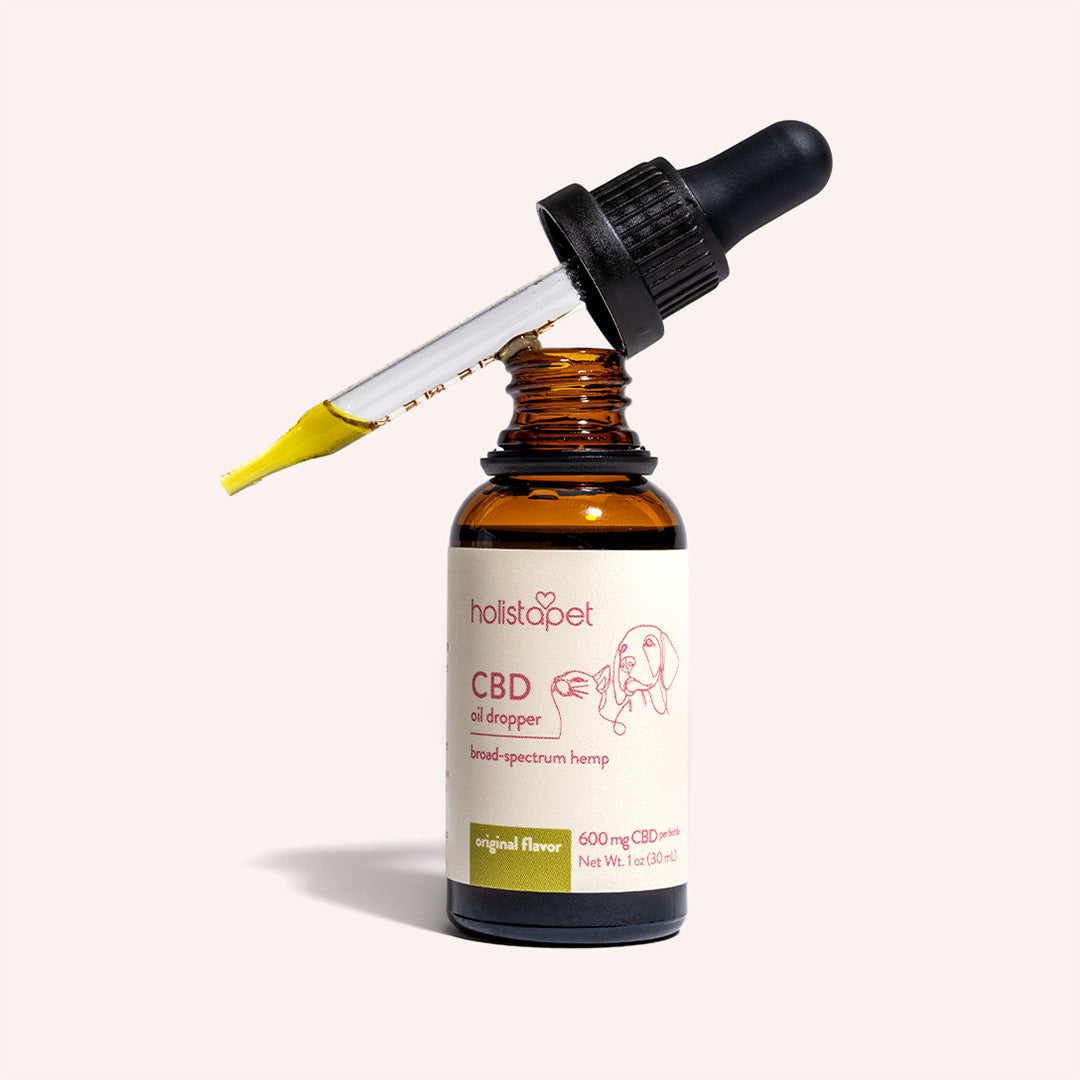
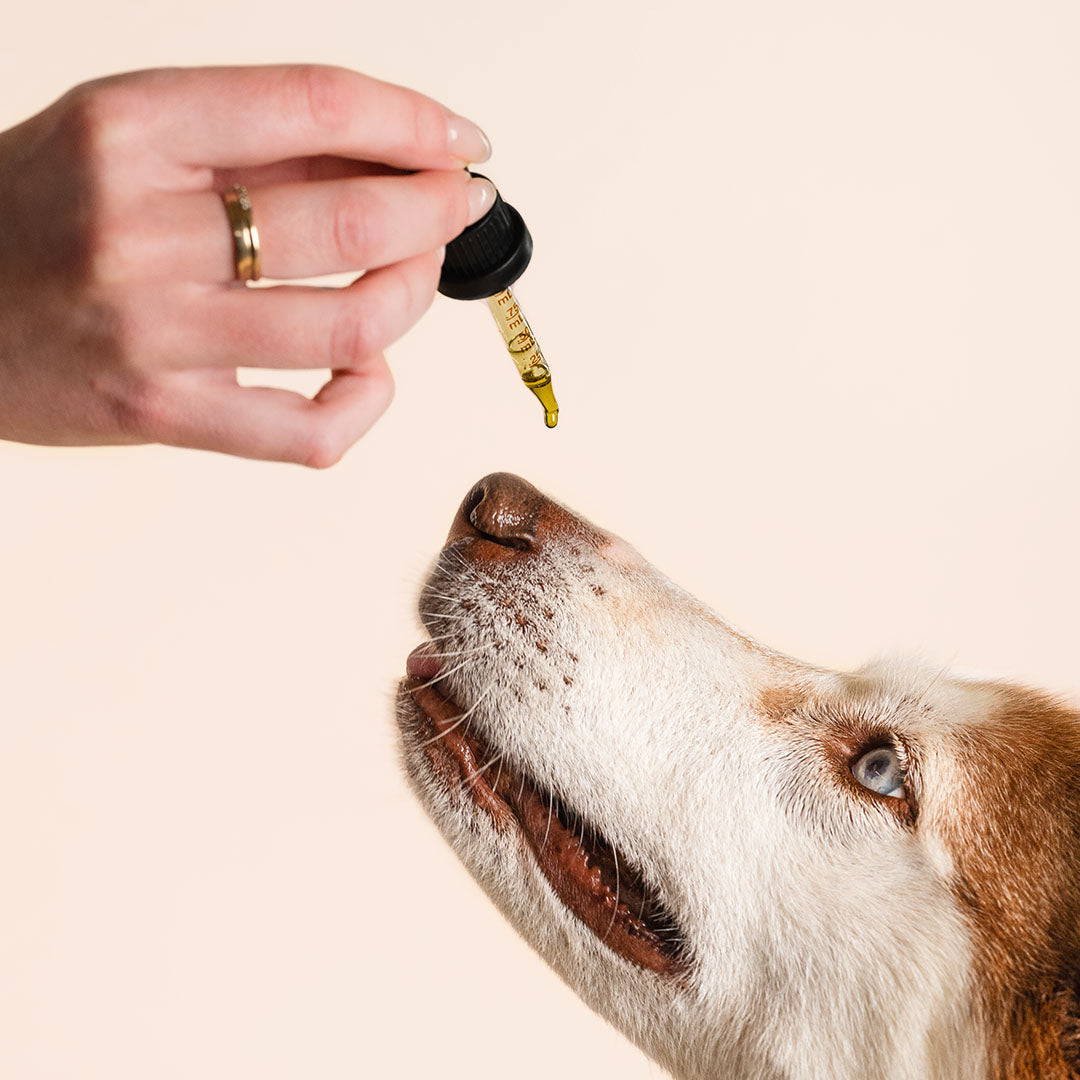


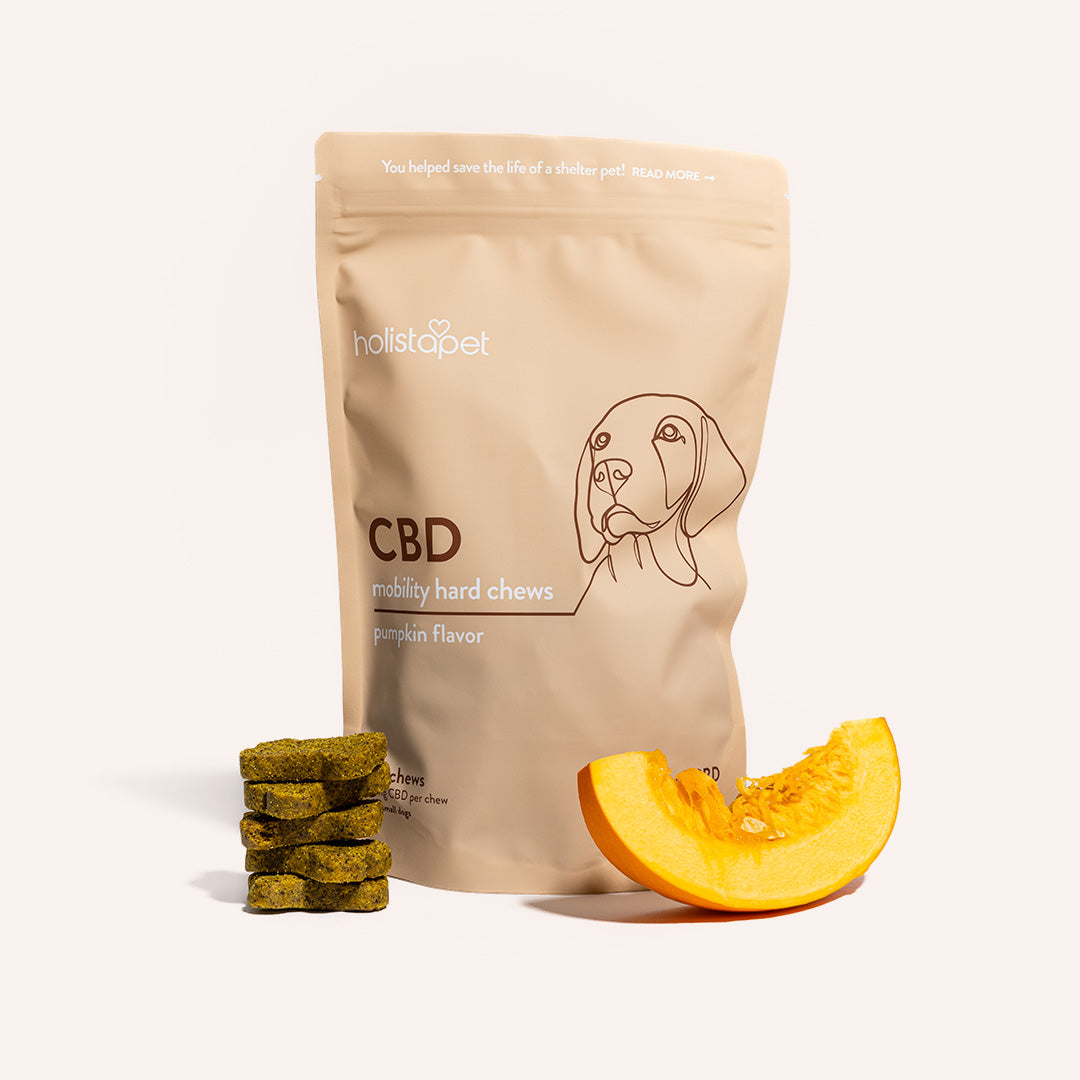
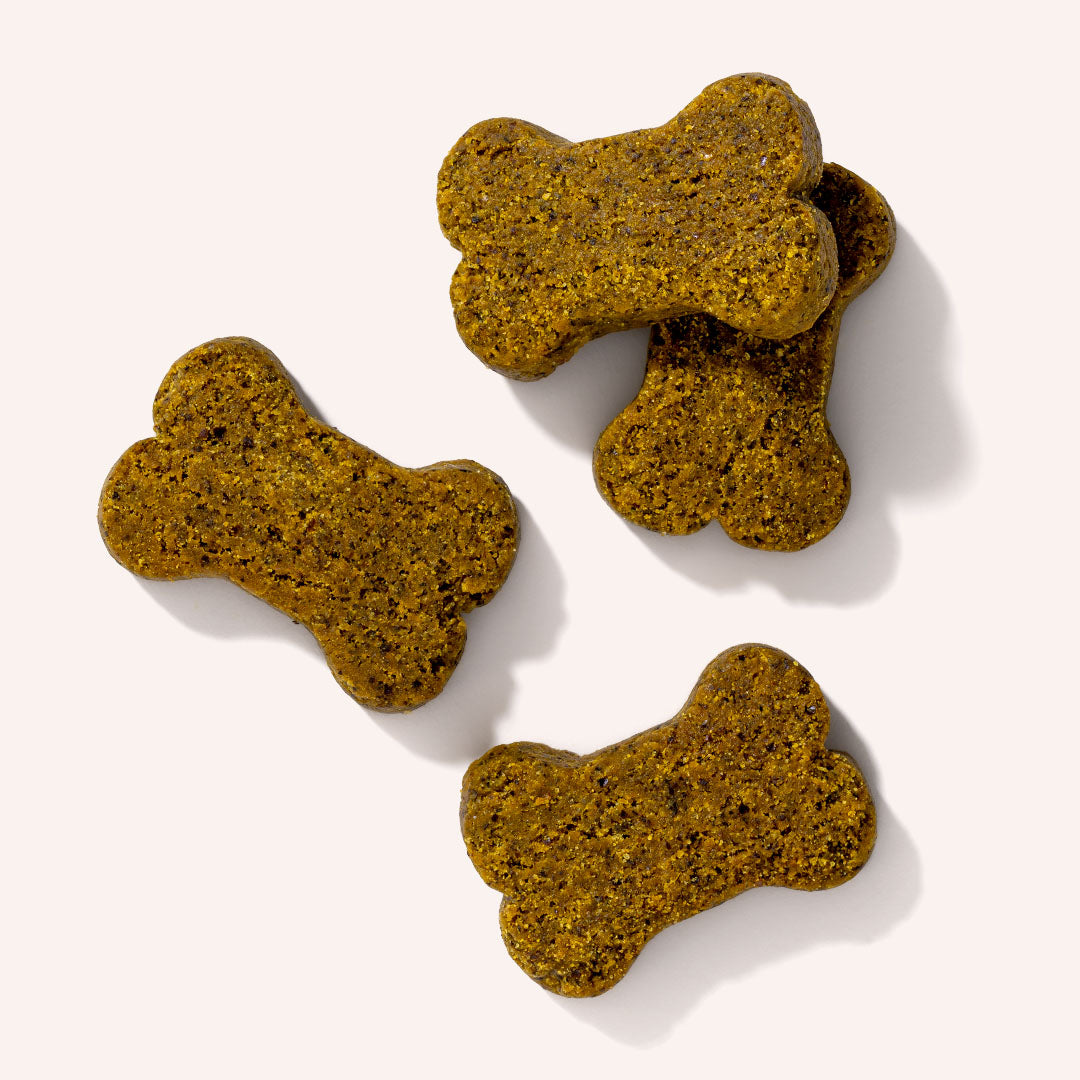

Leave a comment
All comments are moderated before being published.
This site is protected by hCaptcha and the hCaptcha Privacy Policy and Terms of Service apply.